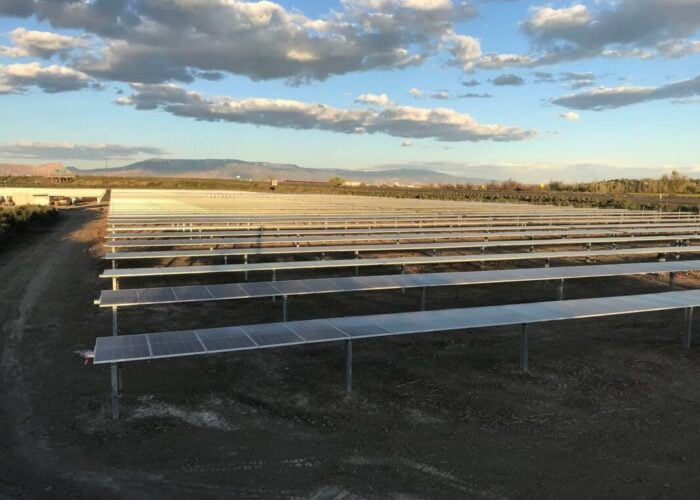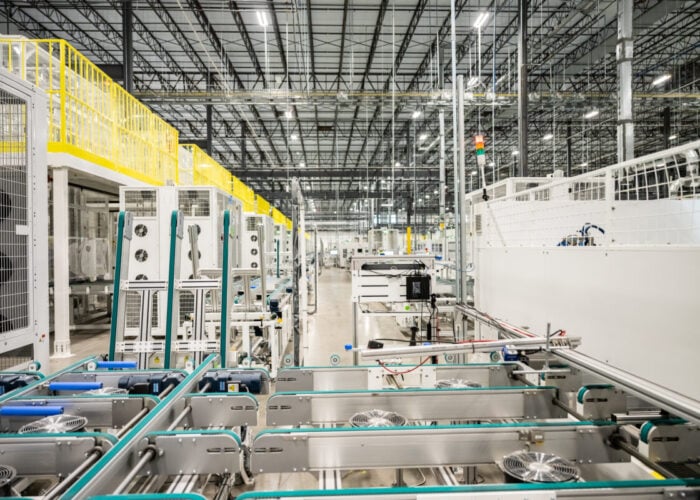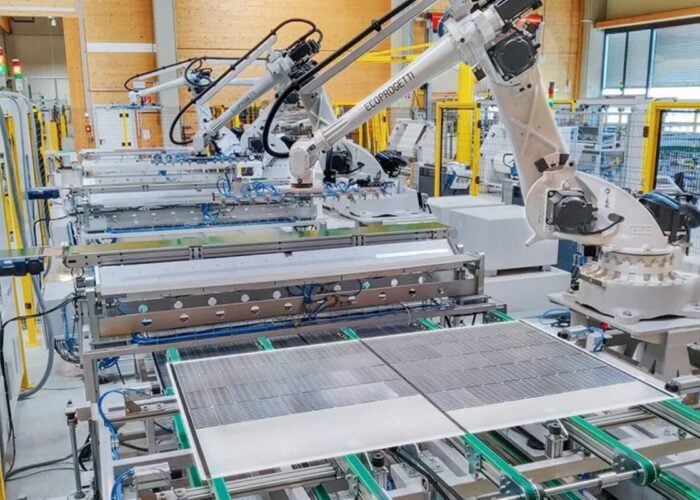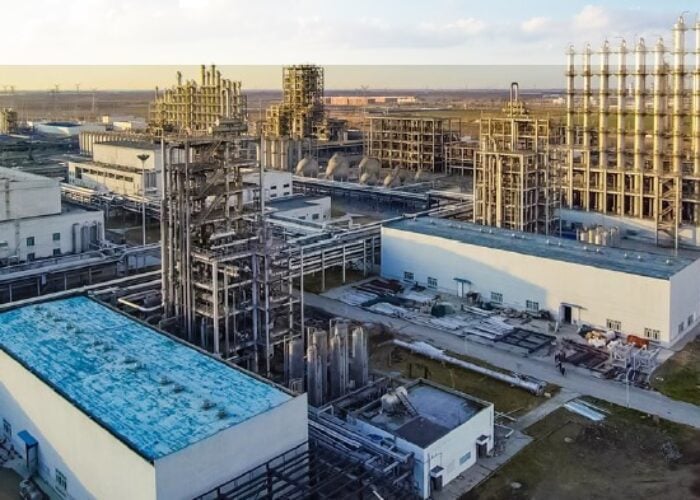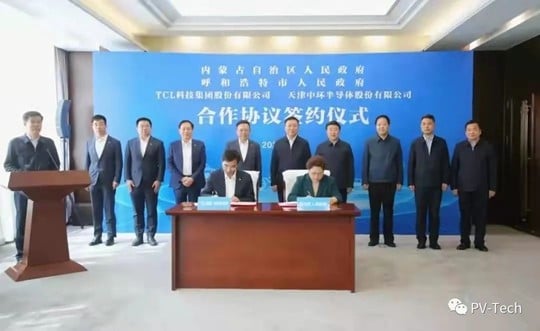
Zhonghuan Semiconductor (TZS) is to invest RMB2.06 billion (US$323 million) in a new 120,000MT-capacity polysilicon project and additional polysilicon R&D facilities in Inner Mongolia.
Late last week the TZS confirmed it had signed an agreement with both the Inner Mongolia Autonomous Region People’s Government and Hohhot City People’s Government that will see the manufacturer construct a high-purity polysilicon plant, a national silicon material R&D centre and other supportive projects in Hohhot.
Try Premium for just $1
- Full premium access for the first month at only $1
- Converts to an annual rate after 30 days unless cancelled
- Cancel anytime during the trial period
Premium Benefits
- Expert industry analysis and interviews
- Digital access to PV Tech Power journal
- Exclusive event discounts
Or get the full Premium subscription right away
Or continue reading this article for free
The terms of the deal will also see TZS receive grid connection agreements for solar PV projects in the area and favourable power price terms.
TZS said it had selected Inner Mongolia as the location for this new expansion in accordance with its existing footprint in the region, having operated manufacturing facilities in Inner Mongolia for more than a decade.
Zhonghuan claims its existing facility in Hohhot, dubbed the Zhonghuan Industry Park, is the largest mono-silicon production site in the world, with these new facilities adding to its capacity, turning the site into a “Chinese Silicon Valley”, the company said.
The manufacturer further said that the new facilities would give it a “synergistic advantage”, adding that the investments it is taking now would help the company to strategically lower costs, promote industry collaboration and stabilise the industry’s supply chain at a time of pricing volatility.
TZS’s investment comes at a time when polysilicon and solar wafer prices remain elevated. TZS has itself increased its prices for wafers four times this year, the latest pricing update – issued on 2 April 2022 – driving prices up between 2 – 3%.


